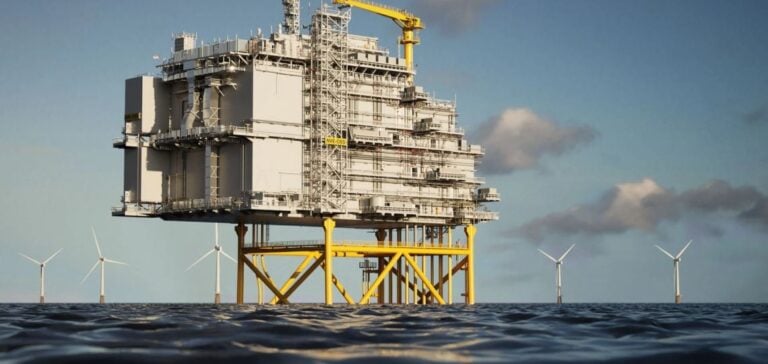The consortium formed by Aker Solutions and Siemens Energy has received full authorization for the offshore wind projects Norfolk Vanguard West and East. These projects, led by RWE, represent a significant step in the development of the Norfolk Offshore Wind Zone, aimed at supplying renewable electricity to over four million households in Europe.
Development of HVDC Platforms
Aker Solutions is responsible for the design, construction, and installation of high-voltage direct current (HVDC) offshore platforms, critical for transmitting the electricity produced to onshore grids. Siemens Energy is focusing on high-voltage equipment for both onshore and offshore stations. The topsides of the platforms are being manufactured by Drydocks World in Dubai, while the substructures are being produced in Norway.
Timeline and Outlook
The fabrication of the platforms began in 2024 for Norfolk Vanguard West, while Norfolk Vanguard East is scheduled to commence in the second quarter of 2025. Deliveries and installations are planned for 2027 and 2028. Before commissioning, the platforms will undergo final adjustments at the Stord yard in Norway.
These projects, supported by contracts structured with collaborative principles, illustrate a focus on efficiency and safety in project execution.
Political and Economic Context
The development of the Norfolk Offshore Wind Zone aligns with a European strategy to reduce energy dependency and strengthen independence through renewable energy. These projects, involving international stakeholders, highlight energy policies oriented toward a green transition.
The expected economic impact extends beyond the renewable energy sector to local industries involved in supply chains and the manufacturing of necessary components.






















